Building off the success of Star Trek: The Next Generation (TNG), one of the most popular Star Trek series in the entire franchise, Star Trek: Picard had to find a way to exist somewhere between nostalgia and charting its own course. To accomplish this, it had to use cameos, guest stars, and references from its predecessor, where Jean-Luc Picard (Patrick Stewart) had led a stalwart crew as captain of the Enterprise.
Much of the series hinged on Picard coming out of retirement to face a new threat to the galaxy, as well as the fears and regrets of his past. To understand the burden of his guilt and trauma, it's imperative viewers had seen certain key episodes of TNG involving Commander Data, the Borg, and Picard's particular brand of captaincy. Certain emotional moments and connections in the series only made sense if fans saw these ten things in Star Trek: The Next Generation.
10 DATA'S OBSESSION WITH BLUE SKIES
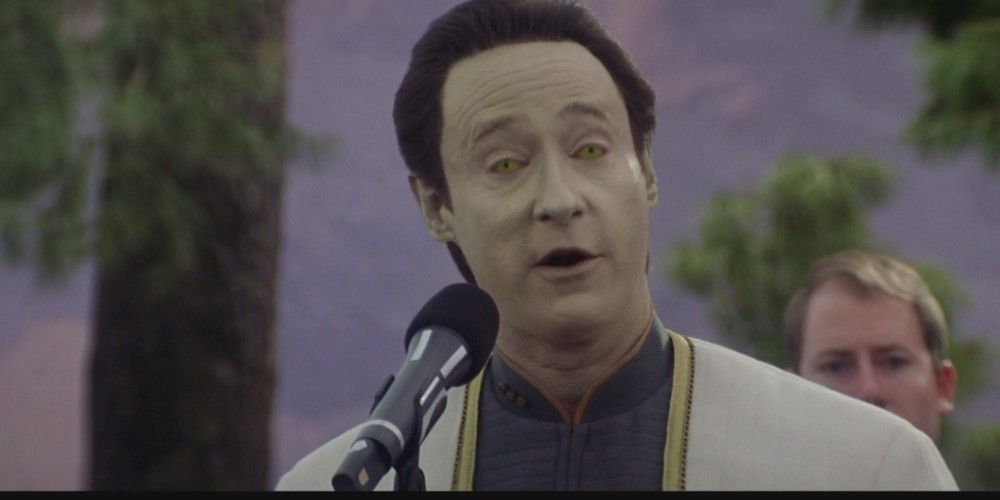
The series opens with the lilting melody of "Blue Skies" playing over Picard's dream sequence, a song made popular by crooner Frank Sinatra, and a personal favorite of Commander Data. It was such a favorite tune of his that he performed a rousing version of it at William Riker and Deanna Troi's wedding.
The song is repeated in an bookend during the series finale, when Picard is reunited with Data not in a dream, but in a quantum matrix that allows for the storage of his memories and personality from the positronic brain he downloaded before his body's destruction in the TNG film Star Trek: Nemesis.
9 THE IMPORTANCE OF BRUCE MADDOX
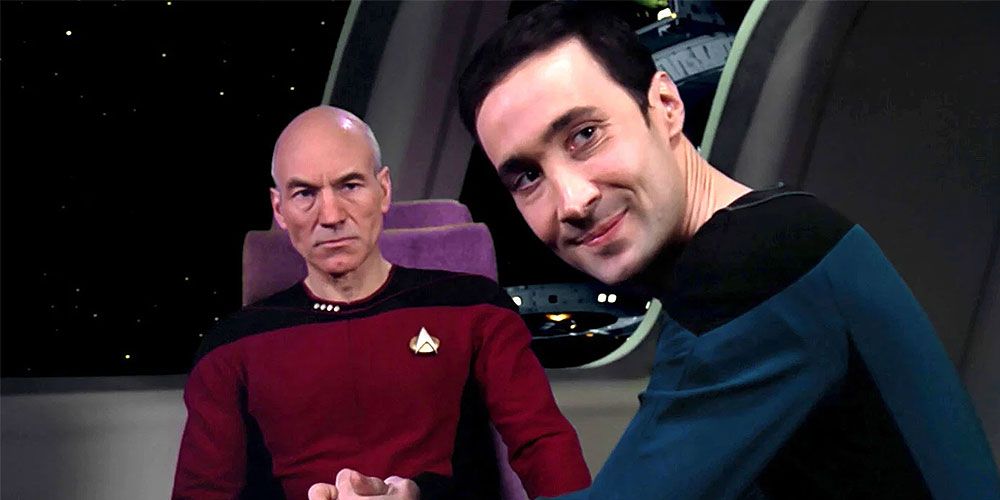
For new viewers to Star Trek: Picard, the presence of Dr. Bruce Maddox may mean very little, but to Star Trek: The Next Generation fans, he's more than an ancillary cameo. Maddox was once a Starfleet research scientist who specialized in cybernetics and the advancement of artificial intelligence.
In the episode "Measure of a Man", he attempted (with Starfleet's approval) to deconstruct Commander Data to learn how he was created. Data protested on the grounds that he was an individual capable of his own agency, not Starfleet property. Captain Picard defended his position at a special tribunal, which ultimately decided the fate of android autonomy in Starfleet. Data would later keep in touch with a reformed Maddox in the episode "Data's Day" and beyond.
8 DATA'S DESIRE TO ALWAYS HAVE A DAUGHTER
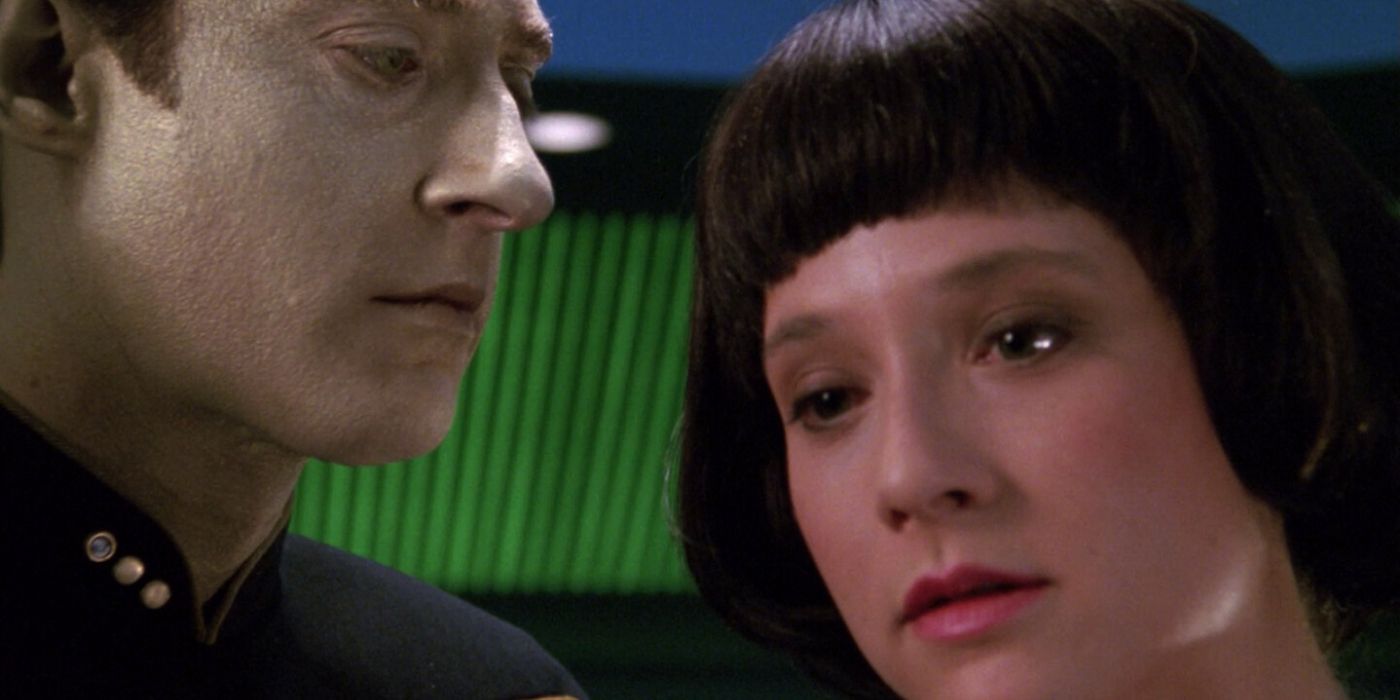
After returning from a cybernetic conference in the TNG episode "Offspring", Data began working on a means to create his own progeny. Picard was understandably upset, until Data reminded him that organic officers on the Enterprise never had to consult the Captain if they were planning on having a child.
Data created his offspring to have no gender initially, giving it the choice of whether to make itself male or female. It chose to become female in appearance, and it was named Lal, and it bore a striking similarity to Picard's flesh and blood synthetics Dahj and Soji. Unfortunately, the daughter Data always wanted to have had a positronic overload from trying to process human emotions.
7 CAPTAIN PICARD DAY

When the former captain visits his personal vault in the Starfleet Museum Quantum Archive, he comes across many personal belongings fans will recognize from his days aboard the Enterprise-D, including a banner for "Captain Picard Day", an annual event held for the schoolchildren.
Picard didn't particularly enjoy the event very much, especially the contest in which children created sculptures, figures, and pictures of his likeness. His disdain for children and their activities seemed to have subsided in his golden years, as he kept the banner as a memento from happier times.
6 DATA'S PAINTING
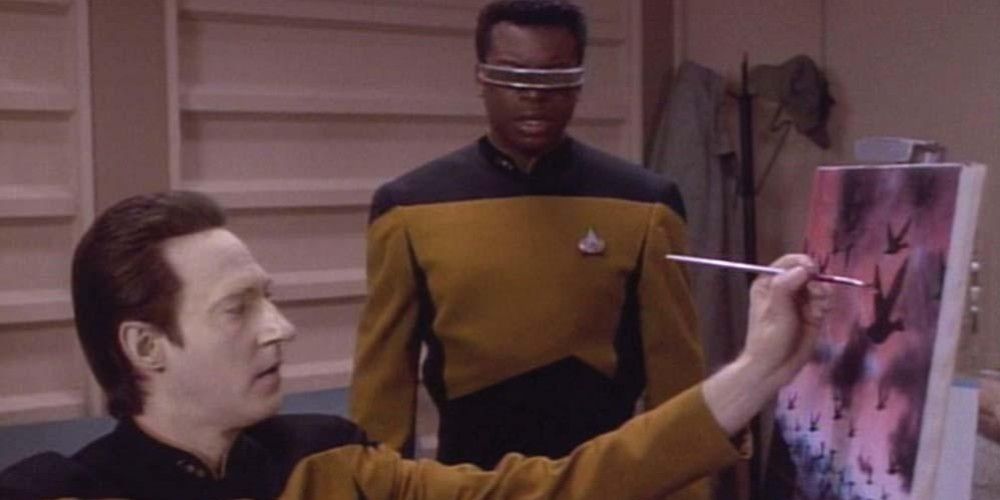
In one of the dream sequences that Picard has in the series, Commander Data is seen painting the figure of a woman in a white dress and cloak. She has no discernible face yet, and Data asks if Picard would like to "finish it". The portrait is the spitting image of Dahj, the mysterious woman who had sought him out at his family's winery with no previous connection.
It was Picard who encouraged Data to take up a hobby like painting, and in "Birthright, Part 1", he instructed Data to determine a painting's meaning by exploring the truth behind the images in his own head. This allows Data to extend his programming parameters to such an extent that he's eventually able to dream. In a roundabout way, Picard uses the paintings in his dreams to determine the truth about his reality.
5 PICARD'S FRIENDSHIP WITH HUGH
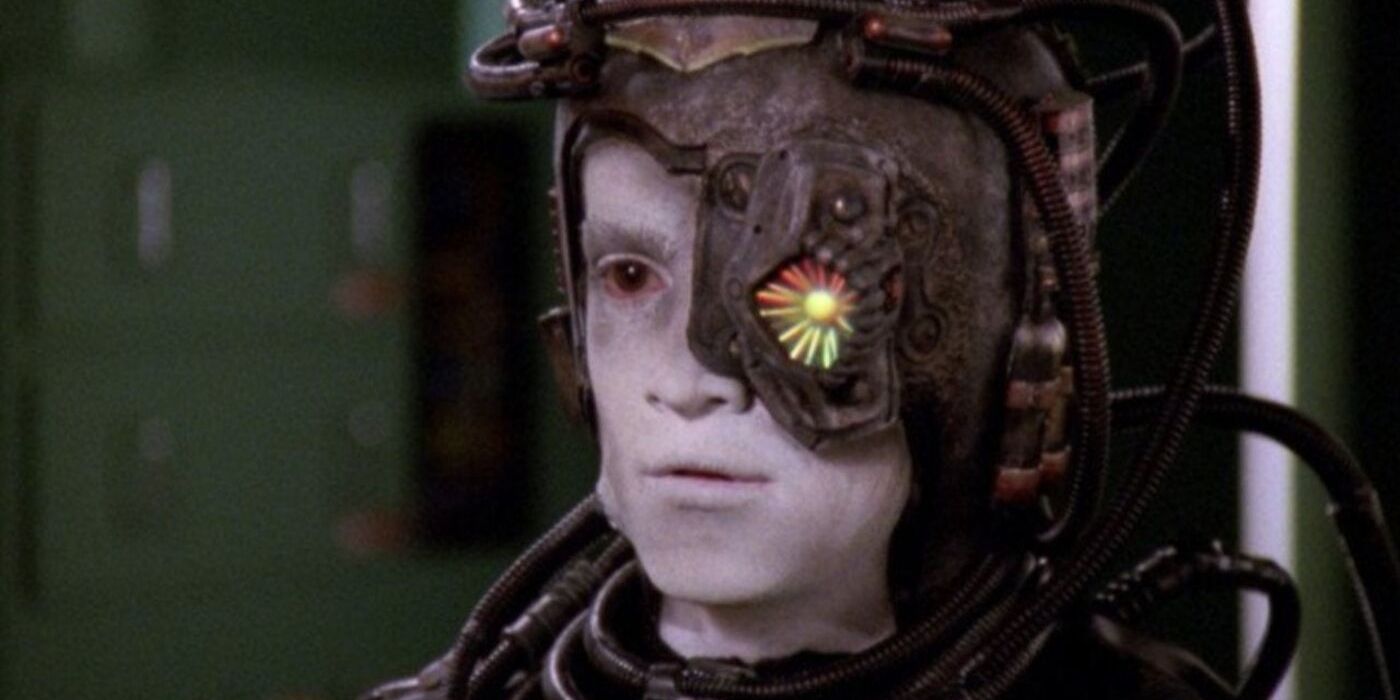
New viewers to Picard will not have understood the reaction between the former Starfleet captain and Hugh, the Director of the Borg Reclamation Project on the Artifact if they never saw "I, Borg" on Star Trek: The Next Generation. The episode featured a rogue Borg drone (Third of Five) who expressed the first indications of individuality seen in the Borg Collective.
Starfleet wanted Picard to use Hugh as the mule for a virus which, if spread upon Hugh's return to the Collective, would have wiped it out. Picard decided it wasn't his choice to make but Hugh's, and ultimately Hugh chose to return to the Collective with a newfound appreciation for autonomy, as well as a new name.
4 THE SIGNIFICANCE OF THE THREE MUSKETEERS
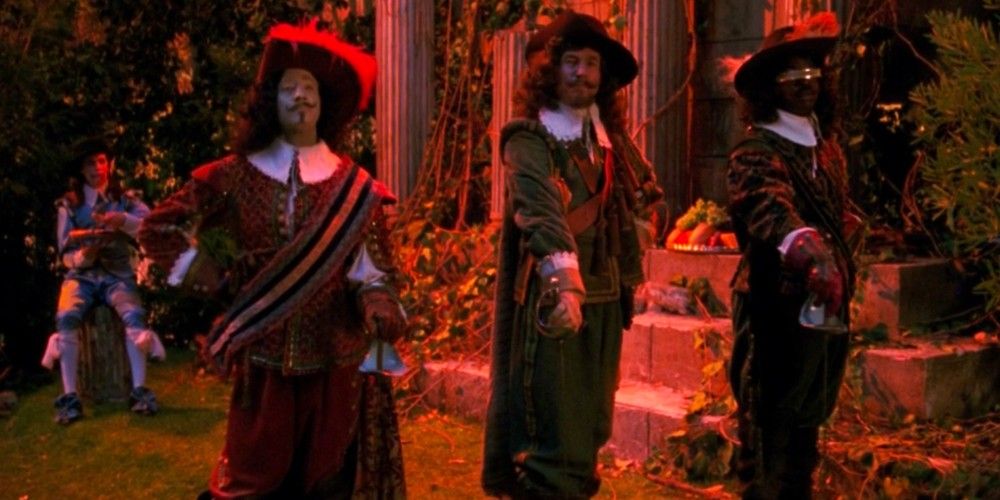
Upon visiting Elnor in the episode "Absolute Candor", Admiral Picard gave the Romulan boy a copy of "The Three Mustkeers" by Alexandre Dumas. The tale of D'Artagnan and the three musketeers, Athos, Porthos, and Aramis featured prominently in the episode "Hollow Pursuits" on Star Trek: The Next Generation.
Lieutenant Barclay created a hologram story that depicted Picard, Geordi, and Data as the Three Musketeers, with Riker as D'Artagnan. Riker faced the musketeers with brazen effrontery before ultimately throwing his sword to the ground in refusal to fight, similar to how Picard faces off against a group of Romulans on Vashti, before throwing his sword to the ground.
3 PICARD'S HEALTH PROBLEMS
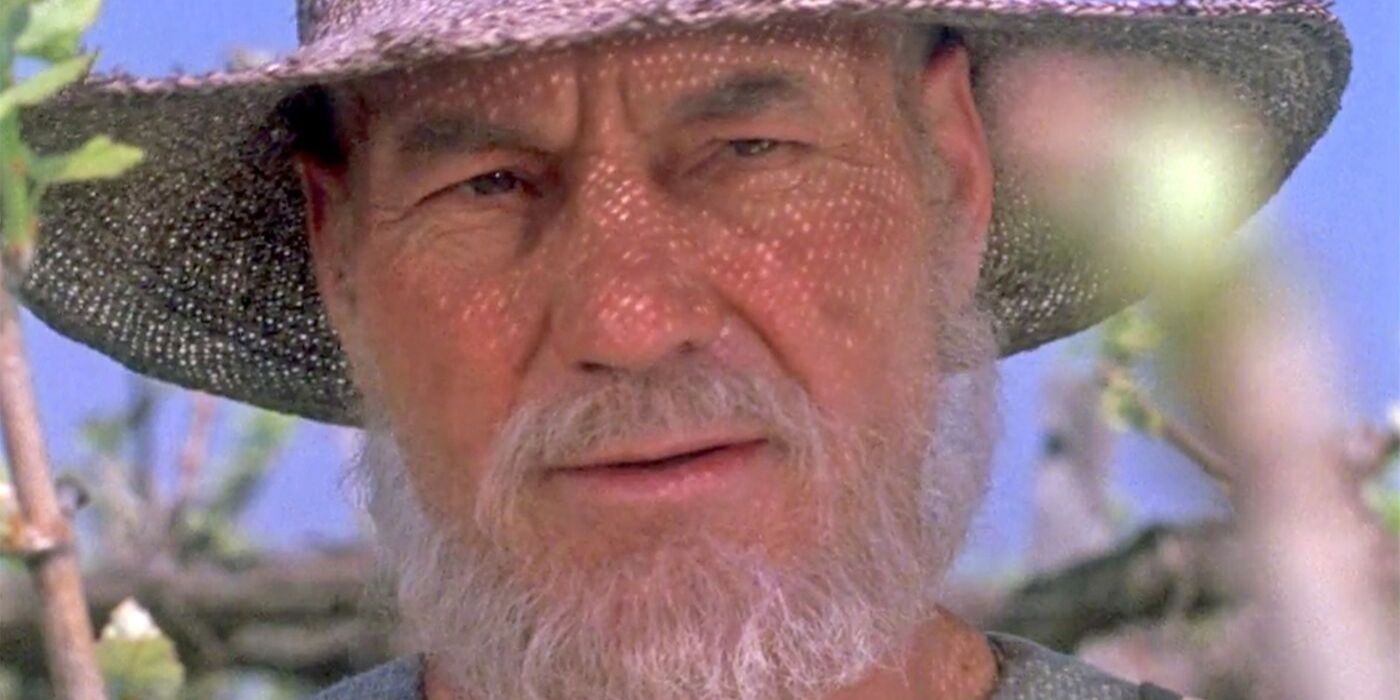
In the episode "Nepenthe", Picard encounters Kestra (named after Deanna Troi's deceased sister, mentioned on Star Trek: The Next Generation), bravely protecting her homestead with her bow and arrow. Picard tells her that hitting his heart won't do any good, as it's artificial (In the TNG episode "Tapestry", he was stabbed through the heart in a bar brawl during his early days in Starfleet Academy).
As for Picard's Irumodic Syndrome (which is referenced in the second episode of Star Trek: Picard), it first appeared in the series finale of Star Trek: The Next Generation when the immortal Q was showing Picard a possible future in which he eventually died of the fatal neurological disorder.
2 LOCUTUS OF BORG

Much of the reason for Picard's reclusive lifestyle in Star Trek: Picard is due to suffering post traumatic stress disorder over several large incidents in his Starfleet career. While the loss of his friend Data, as well as the dissolution of the Romulan Refugee Effort loom large, one is even more insidious; his period of assimilation into the Borg Collective
After being captured by the Borg in Season 4 of Star Trek: The Next Generation, they used his intimate knowledge of Starfleet intelligence to kill thousands of people, which occurred over the harrowing season finale. Due to the episodic nature of TNG, the repercussions of his time in the Collective couldn't be focused on, but Picard allows for his pain to be reexamined.
1 DATA'S LIFE AND DEATH
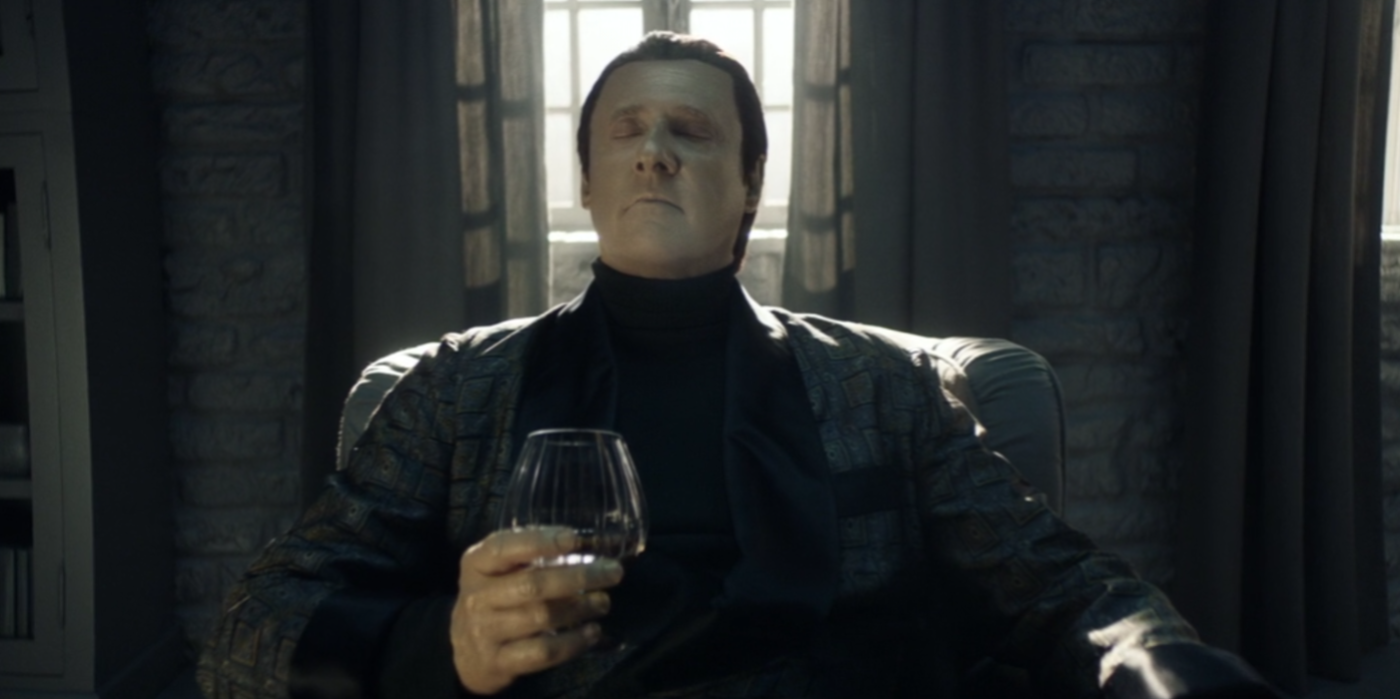
There are references throughout Picard of Commander Data's colorful life aboard the Enterprise, much of which comes from Soji trying to learn about her real "father". She learns that he liked "the violin" and "Sherlock Holmes mysteries", both passions that featured prominently in Data-centric episodes of Star Trek: The Next Generation.
Dr. Alton Soong even made a synthetic version of Data's cat Spot on Coppelius, a companion Data always thought made him more human. During Data's moving death scene, Picard quotes Prospero from Shakespeare's The Tempest, a character whose motivation Data failed to find when he portrayed him for one of Dr. Crusher's plays.
from ScreenRant - Feed https://ift.tt/2wVlnNx





No comments: